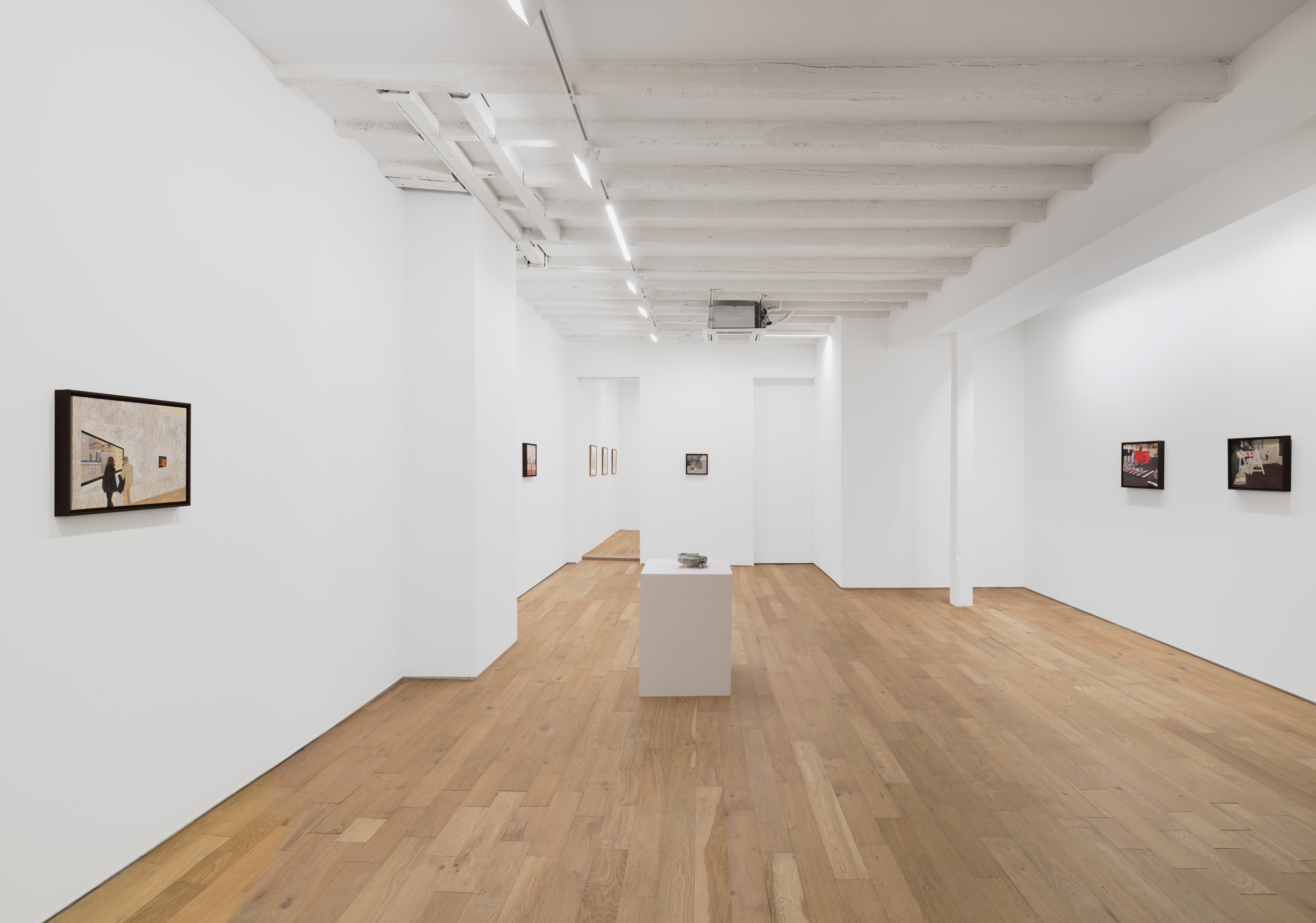HOW TO START AN ART COLLECTION FOR YOUR HOME
April 24, 2017
Tags: art, curation, home
Tanya Traykovski has been advising art collectors for over ten years. She researches the best new artists to track, helping people select pieces for their homes and build their collections. Tanya spoke with JOYST about how to start your own home art collection, how she figures out what artists are important and why, and how she works with her clients to frame, install and even store their pieces.
Tell us about your company, Living International Art Consulting.
My company, Living International Art Consulting, generally starts working with people when they are beginning to collect art for their homes. Once bitten by the collecting bug, some of my clients purchase more works than they can live with for reasons that span from the philanthropic to the financial. We help them make decisions regarding purchases and charitable donations as their collections grow.
What type of people are coming to you for help?
I work with individuals and couples who are just starting to collect art and those who have been collecting for a while and are becoming more serious about building meaningful collections. I’m lucky because most of my clients are genuinely interested in – or even passionate about – art and are seeking works that have historical relevance. My job is to educate them about the artists who are considered to be important and why.
How do you save your users time?
I preview many art fairs worldwide as well as countless New York gallery shows. I then tailor my client walk-throughs to artists that meet my client’s aesthetic, intellectual and budgetary preferences. I also advise my clients on auction records for similar works in the case of more established artists. For new works by highly sought-after artists, in addition to saving clients time in identifying artists, I can facilitate primary market access since I have relationships with many galleries. Lastly, I save my clients money by negotiating discounts on their behalf.
How do you help people choose and buy art for their collection?
I generally discuss interests and tastes with my clients to ascertain what periods, mediums and styles they prefer. Then I’ll often walk through an art fair with them to see what they respond to. Following this, I’ll show them other works by the artists they liked or similar works, ideally in person in the galleries that represent those artists. I’ll also always keep my clients apprised on the emerging artists I feel are most interesting and why. I pay attention to which artists are receiving curatorial and critical attention and keep them informed of key exhibitions and articles.
Can you give an example of how you have helped someone start their art collection?
I encouraged one of my first collectors to shift from prints by famous artists to unique works by emerging artists since value was important to him (and multiples tend to be less valuable than unique works.) He loves living with as well as lending and on occasion donating paintings and sculptures by artists of his own generation to museums, and is pleased that after slightly over 10 years, many of the works he owns have appreciated.
How do you research and identify emerging artists before they gain widespread recognition?
I find that word of mouth among curators, gallerists and critics is key and I’ll often go on studio visits of new artists I have heard about. I also attend the MFA exhibitions at Columbia University, Hunter College and the like. Although artists’ student work is not their most mature, I go to these shows to identify artists who I can follow in the future. I regularly go to the younger galleries that tend to show ground-breaking artists, attend major international curated exhibitions like the Venice Biennale, and of course, cover the art fairs. I’m involved in several not-for-profit and educational activities in the visual arts through which I am introduced to artists and their oeuvres early on in their careers as well.
Tell us your top tips for managing an art collection once a user buy their pieces. How can you help with things like framing, packing, installation and storage?
Installing is my favorite job of all! I love helping clients put it all together in their spaces, and work with the best art handlers in the business to make sure the process goes smoothly. I know great framers here in New York and have a lot of experience with them because of my work with local hospitals for which we have bought – and framed – hundreds of works. I’ve also been responsible for the packing and storing of many art works over the years so I know excellent businesses in those areas. Lastly, most of my collectors work with collection management data bases like Collectrium to keep track of their works.
What sites and resources do you recommend people turn to for more information on this subject?
The New York Times includes excellent art reviews on Fridays, and Art News and Hypoallergic have good daily online newsletters. Art Market Monitor provides sound market information in their blog as well. I also like the print versions Art Forum. Frieze and Art in America. Looking at art and talking to art historians, dealers and specialists – at fairs, at galleries and at art auction previews – as well as at museum exhibitions of course, is always the best art education.
Anything else you would like to let us know about your business?
No job is too small! In addition to painting and sculpture, I know the print and photography markets very well, and enjoy working with clients who want to add beautiful works to their home in any price point and medium. Living with art – and becoming involved in the art world – is visually and intellectually stimulating, and can be transformative. Engaging with people who are interested in gaining knowledge and expertise about art is a pleasure and a privilege.
AUTHOR
CATHERINE SHARICK
The former head of TIME.com and now a work from home mom with three kids, Cathy knows how to manage a house and career. She’s currently consulting for early stage startups and leading content at JOYST where she is helping women take back time for themselves.
http://myjoyst.com/2017/04/24/home-art-collection/










